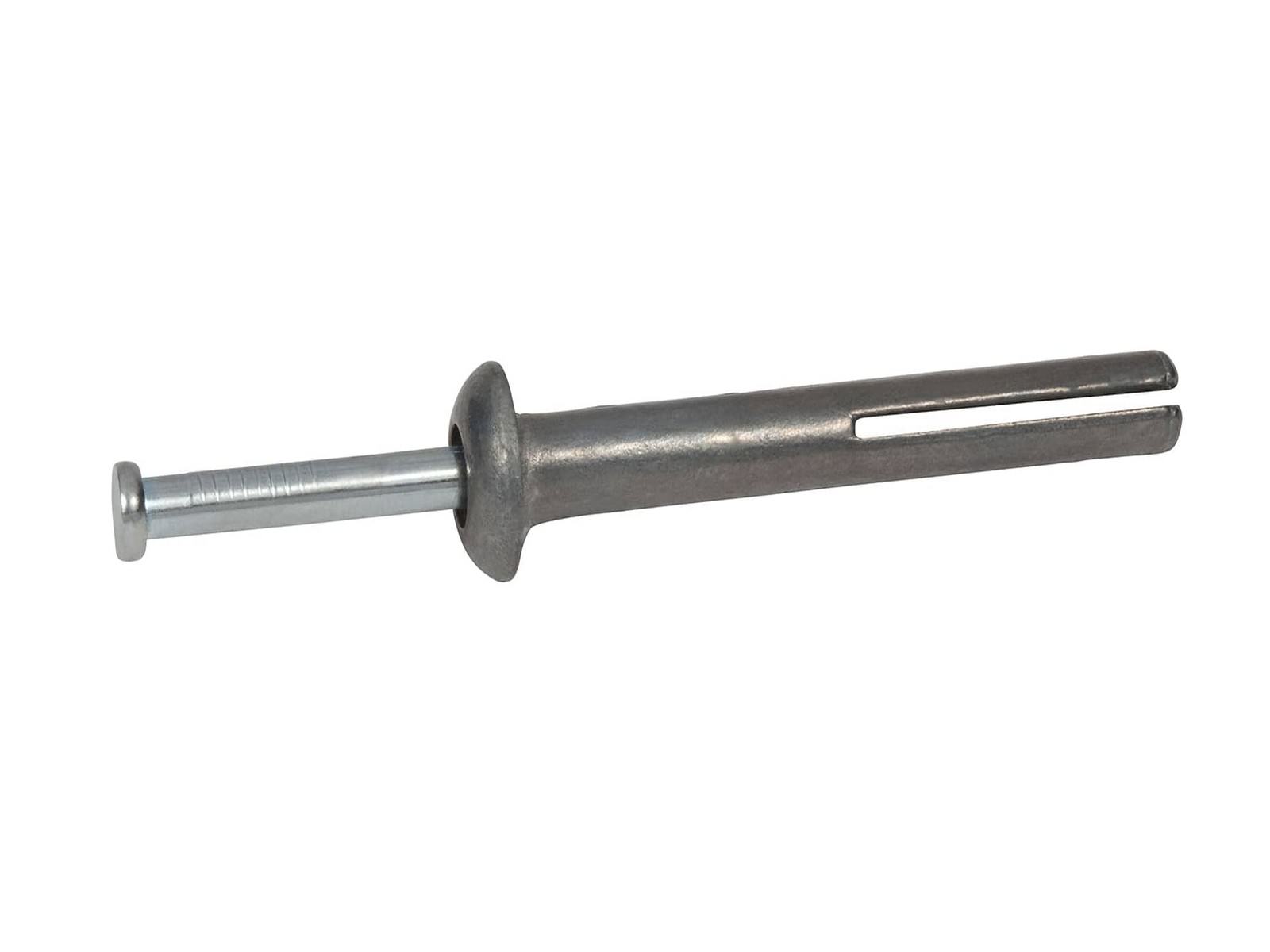Lead Anchors
Published by Robert Carlisle on Feb 4th 2019
Lead anchors were traditionally manufactured from lead. Due to environmental issues, lead anchors are now typically manufactured from Zamac, a rust resistant material that is easily poured into molds and offers an environmentally safer product.
Original Lead Anchors
The first type of lead anchor utilized lead tape. Once the hole was drilled in the concrete, the lead tape was cut off a roll to be inserted tightly in the hole. A sheet metal screw was then inserted into the hole and turned clockwise, pushing the lead tape outward and holding the screw tight in the hole. The problem with this method was that the holding values were inconsistent from hole to hole and from installer to installer. However, the principals applied to the lead tape have remained the same for all expansion type anchors used today.
Why Lead Was Used
Concrete fasteners were made from lead because it was easily melted and poured into molds. Once in a solid state, the lead would be pliable and soft. It could be formed to fit the contour of the base material for shaping and expansion.
Principles of Lead Anchors
The basic principle of the lead anchors is to drill a hole and fill it with more material than was removed. This creates expansion forces, friction and, ultimately, holding values. The evolution of the lead type anchor has led to fasteners that are easily manufactured and provide excellent, consistent holding values in a variety of base materials. Most of the modern type of anchors can be used in solid concrete, brick, block or mortar joints.
Styles of Anchor
Anchors that are referred to as lead anchor are usually female anchors, i.e. designed to have a threaded fastener inserted into them. The principle behind the female anchors is to allow the screw to expand the anchor as the screw is inserted. One type of anchor, the machine screw anchor, can utilize a setting tool to set the anchor before the screw is inserted. The machine screw anchor should be used in solid materials because the bottom of the hole is required to allow the anchor to set properly.
The male fastener is expanded by striking a nail with a hammer and, as the nail goes into the anchor body, it expands against the inside walls of the hole in the masonry.
Types of Lead Anchors
Hammer Drive –
· Manufactured from Zamac
· Made from two parts, the anchor body and nail, which are permanently assembled
· Head of the anchor body is oversized for excellent bearing surface against the item being fastened
· Available in two diameters of 3/16” and 1/4”
· Available in different lengths to allow the different thickness of material to be fastened
· Minimum embedment depth for all lengths of anchors is 1”
· Packaged 100 pieces per box.
Machine Screw Anchor
· Requires the use of a setting tool for expansion and a bolt with national coarse threads
· Designated diameter of the anchor is equal to the bolt diameter that is inserted into it
· Available in diameters from 1/4” to 3/4”
Lag Shield
· Made from two pieces that are permanently attached to each other
· A screw with lag threads must be used to ensure that the anchor is properly expanded
· Minimum embedment is equal to the length of the anchor being installed
· Diameter of the screw used is equal to the designated diameter of the lag shield being used
· Lag shields come in two lengths for each diameter: short lag shield is for use in a hard base material; long version is for applications where the base material is soft or suspect
Single Expansion
· Works well in a dense hard base material
· Two pieces are held together by an expansion ring
· Threaded bolt with national coarse threads is used to expand the anchor and must be embedded in the base material a minimum distance equal to the length of the anchor being installed
· Manufactured in six diameters from 1/4” to 3/4”
· Designated diameter equal to the bolt diameter inserted into it
Double Expansion
· Perfect for applications where the base material is soft or suspect because the anchor expands along its entire length and provides consistent holding values
· Anchor length equals minimum embedment depth
· Available in diameters of 1/4”, 5/16”, 3/8”, 1/2”, 5/8” and 3/4”

